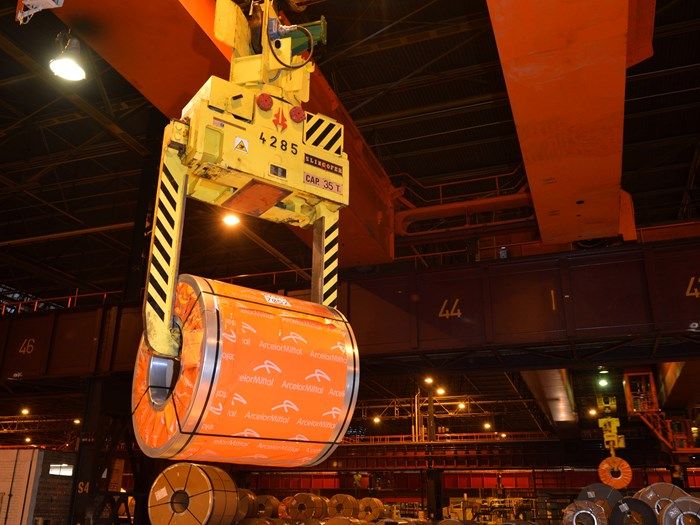Brazilian exports of cast, iron and steel fell at a year-on-year rate of 13.4% in 2023, to US$14.426 billion, according to data from Brazil‘s Ministry of Development, Industry, Trade and Services.
Globally, Brazil ranked eleventh among the largest exporters of this type of products.
In contrast, Brazilian exports of cast iron, iron and steel increased 16.8% in 2022, to US$16,661 million.
Cast iron and steel is an essential part of the metallurgical industry and has applications in a variety of sectors, from construction to automobile and machinery manufacturing.
Cast, iron and steel
While iron is used as the main raw material and can come from iron ores such as hematite or magnetite, in steel alloys, in addition to iron, other elements can be added to create different types of steel with specific properties.
Who were the main destinations for Brazilian exports of cast iron, iron and steel in 2023? First, the United States, with US$6, 968 million, a year-on-year growth of 1 percent.
Then followed China ($1,453 million, +6.4 percent), Argentina ($1,015 million, +1.6 percent), the Netherlands ($866 million, +6.9 percent) and Mexico ($876 million, +71.4 percent).
Carbon Emissions
At a meeting in March 2023, Members of the World Trade Organization (WTO) discussed the implications of the proliferation of carbon measures and the challenges faced by developing countries.
In this context, Members discussed, among other things, the importance of cooperation, harmonization and the adoption of a common approach to calculating implicit emissions; the interoperability of decarbonization standards and the use of mutual recognition agreements (MRAs) at the multilateral level; the need to reach a common understanding on low-carbon steel products that takes into account different levels of development, particularly in light of limited access to climate action finance; and the importance of including the perspective of developing countries.
The role of the WTO as a forum for dialogue and exchange of methods was also highlighted, and coherence with other international organizations and initiatives was encouraged.

